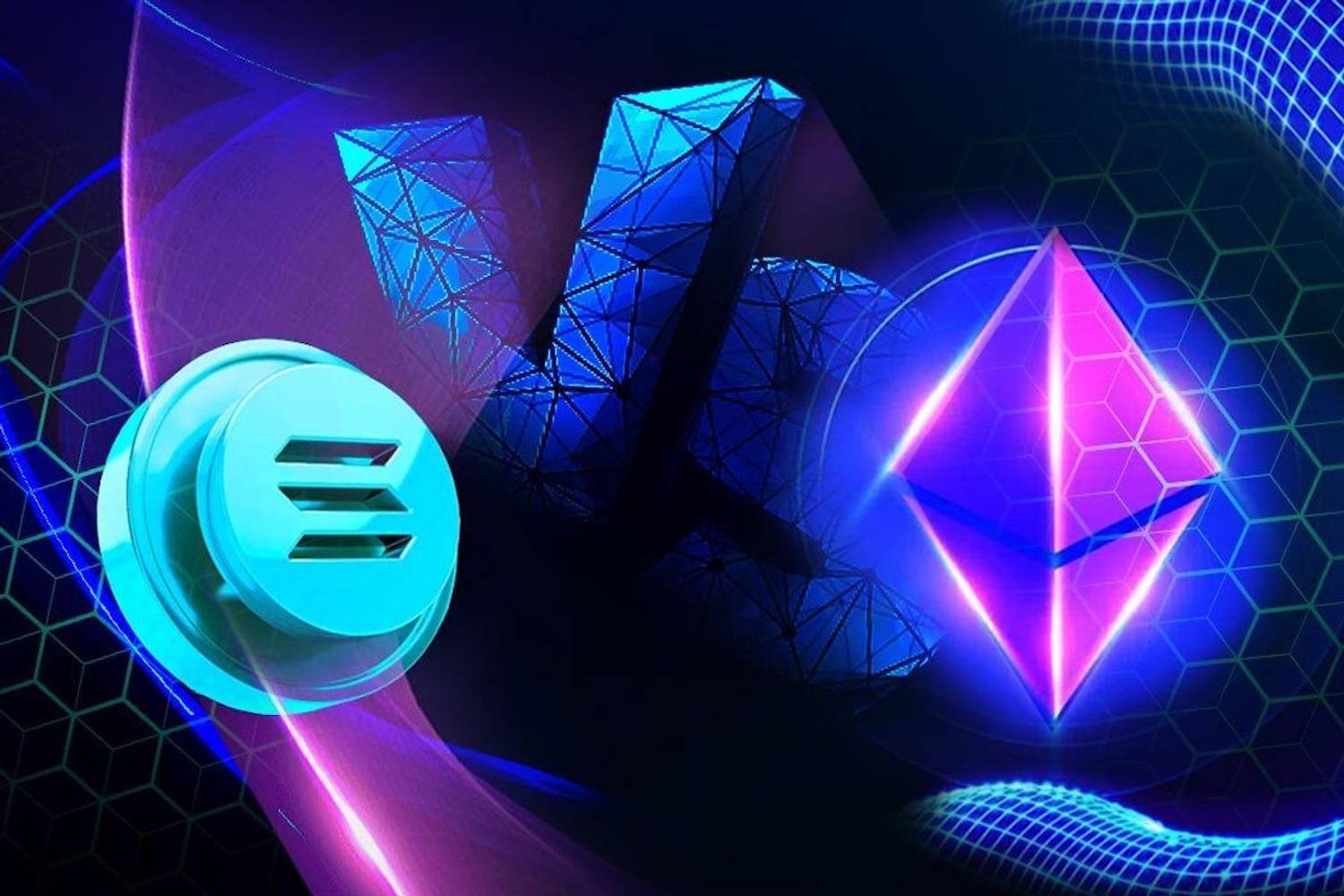Ethereum Is Falling Behind - Solana to Surpass?
Many state Solana is centralized, often forgetting Ethereum's own problems in its infancy. This article delves into Ethereum's past, factors contributing to Solana's rapid growth, what it means for Ethereum, and the future of blockchain technology.
The world of blockchain technology and cryptocurrencies has seen a plethora of innovations in recent years. Amidst the numerous platforms that have been developed, Ethereum and Solana have emerged as two of the most prominent contenders in the smart contract space. In recent months, Solana has witnessed a surge in adoption compared to Ethereum.
However, many state Solana is centralized, often forgetting Ethereum's own problems in its infancy. This article delves into Ethereum's past, factors contributing to Solana's rapid growth, what it means for Ethereum, and the future of blockchain technology.
The Solana Revolution
Solana launched in 2020 and has quickly gained traction due to its ability to scale and provide high-performance solutions for decentralized applications (dApps) and smart contracts. Boasting an impressive 50,000 transactions per second (TPS), Solana has not only caught up to Ethereum in terms of validator clients but also surpassed it in terms of TPS. Ethereum currently manages about 30 TPS, making it clear that Solana's infrastructure is well-equipped to handle massive transaction volumes.
But What About Solana's Security?
A hot topic lately on Solana is related to network outages, but many seem to forget Ethereum had its own security problems as it built its now 'robust' network. Let's give a quick briefer:
- DAO Fork, July 2016
The DAO fork was due to a hack on a DAO contract where $3.6 million in funds were drained. The community decided to fork the network by transferring ~12 million ETH into a new contract that could then be withdrawn by those originally affected. However, the problem lies in the fork-changing state despite the DAO incident not being related to a defect in the protocol. This undermines Ethereum's immutable state, where the community can simply decide what is the actual state of the network is.
- Tangerine Whistle, October 2016
This one should be familiar to Solana users, as Solana has had denial-of-service (DoS) attacks due to bots. The same thing happened to Ethereum during the Tangerine Whistle hard fork. Starting in September 2016, a malicious attacker was creating significant delays before user transactions could be processed. Two hard forks ensued to bring the network back to its stability, but unlike Solana, it could still only process double digits in transactions per second (tps).
- Spurious Dragon, November 2016
This is the second hard fork for the original DoS attack. It took two hard forks to solve their original DoS attack. Doesn't seem very robust or secure now does it?
Ethereum: The Banker's Chain
Unlike Ethereum, Solana has never changed its network state due to a hack. While it may have faced downtime, you can be sure that there is no history of Solana changing state just because the ecosystem wants to. Ethereum is called the banker's chain for a reason; the DAO hack sets precedence.
Key Factors Driving Solana's Growth
Solana's high throughput has made it an attractive platform for developers looking to build fast and efficient dApps. In an increasingly competitive market, Solana's scalability provides a distinct advantage over Ethereum and other platforms.
The 5 years younger blockchain also offers significantly lower transaction fees compared to Ethereum, owing to its unique consensus algorithm, Proof of History (PoH). This cost-efficiency is particularly crucial for developers and users who require frequent and cost-effective transactions.
Solana has quickly garnered the attention of developers and investors alike. Its robust ecosystem now features hundreds of projects spanning DeFi, gaming, and NFTs. Solana has also formed numerous partnerships and received investments from major players in the crypto industry, further fueling its growth.
Ethereum's Countermeasures
While Solana's meteoric rise has drawn attention away from Ethereum, the latter is not sitting idly by. Ethereum is currently working on Ethereum 2.0, a significant upgrade that aims to transition the platform from Proof of Work (PoW) to Proof of Stake (PoS), which will considerably improve scalability, security, and energy efficiency. However, the timeline for the full implementation of Ethereum 2.0 remains uncertain, with many phases of development still underway.
The Road Ahead
The rise of Solana has undeniably posed a challenge to Ethereum's dominance in the smart contract space. It's even led to popular news outlets constantly attempting to paint Solana in a bad light, as well as manipulating Solana's Wikipedia page that we talked about in an earlier article. Solana is catching up to Ethereum very quickly, and the takeover may be just around the corner.
As Solana developers continue to resolve the blockchain's issues (note, it's still in beta) for a more robust network, Ethereum must act quickly to address its shortcomings and regain its competitive edge. Nonetheless, the rivalry between the two platforms is driving innovation in the blockchain industry, benefiting the ecosystem as a whole. The future of blockchain technology is ever-evolving, and only time will reveal which platform ultimately secures the top spot in the smart contract space.


